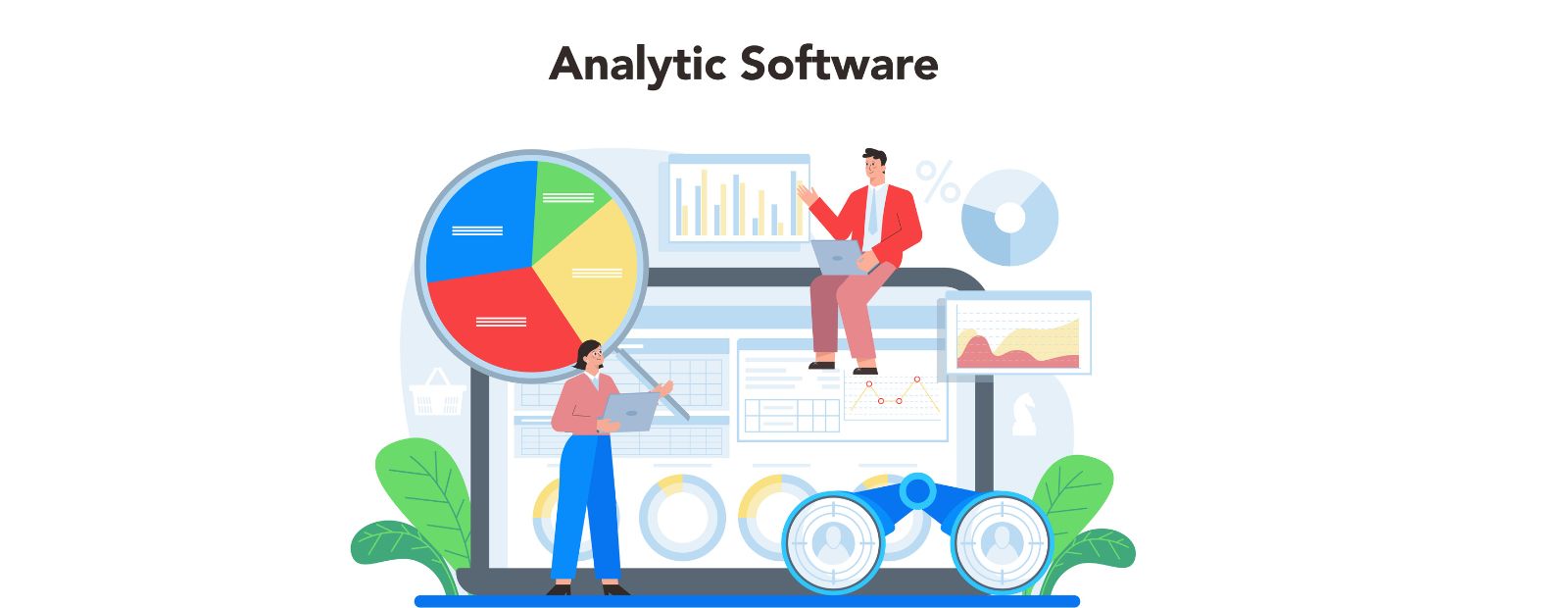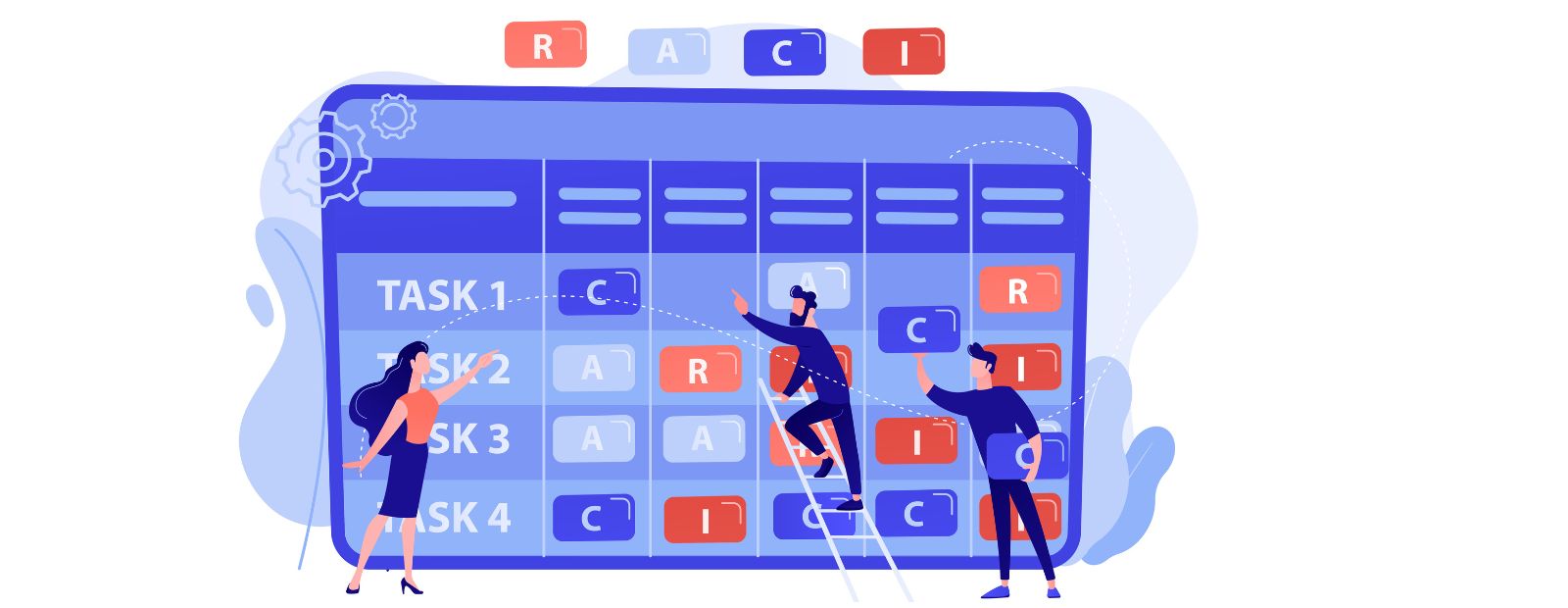Connect with us
-definition,-types,-examples-use-cases.jpg)
What Is Artificial Intelligence (AI)? Definition, Types, Examples & Use Cases
Artificial Intelligence (AI) has become a cornerstone of modern technology, transforming how we work, communicate, and live. But what exactly is Data for AI? How does it function, and what are its real-world applications? In this article, we'll explore AI's definition, types, real-world examples, and impactful use cases across industries.
What Is Artificial Intelligence (AI)?
Artificial Intelligence (AI) refers to the simulation of human intelligence in machines that are programmed to think, reason, learn, and act autonomously or semi-autonomously. These systems can perform tasks that typically require human intelligence such as understanding language, recognizing patterns, solving problems, and making decisions.
AI combines fields like computer science, mathematics, linguistics, psychology, and neuroscience to develop intelligent systems capable of mimicking cognitive functions.
Types of Artificial Intelligence
AI can be broadly classified into the following categories based on its capabilities and functionalities:
1.Narrow AI (Weak AI)
● Definition: AI systems designed for a specific task.
● Examples: Virtual assistants (like Siri or Alexa), facial recognition, recommendation engines.
● Key Trait: Cannot perform tasks outside its specific domain.
2. General AI (Strong AI)
● Definition: AI systems with human-level intelligence that can perform any intellectual task a human can do.
● Examples: Currently theoretical, no real-world implementation yet.
● Key Trait: Can generalize knowledge across tasks and domains.
3. Superintelligent AI
● Definition: AI that surpasses human intelligence across all fields creativity, decision-making, emotional intelligence.
● Examples: Hypothetical frequently explored in science fiction.
● Key Trait: Could outperform humans in every cognitive task.
Types of AI Based on Functionality
Another way to categorize AI is by how it functions and learns:
1. Reactive Machines
● Simple systems that respond to specific inputs.
● Example: IBM’s Deep Blue (chess-playing computer).
2. Limited Memory
● Can use past experiences to inform future decisions.
● Example: Self-driving cars using stored data to improve safety.
3. Theory of Mind (Under Research)
● Aims to understand human emotions, beliefs, and intentions.
● Still in development.
4. Self-aware AI (Hypothetical)
● Machines with consciousness and self-awareness.
● No current examples.
Examples of Artificial Intelligence in Use
AI is already deeply embedded in our daily lives. Here are some real-world exams:
1.Voice Assistants
● Siri, Alexa, and Google Assistant use Natural Language Processing (NLP) to understand and respond to user queries.
2. Recommendation Systems
● Netflix, Amazon, and YouTube use AI to suggest movies, products, or videos based on user behavior.
3. Image and Speech Recognition
● Used in social media tagging (like Facebook), biometric authentication (like Face ID), and security systems.
4. Chatbots and Virtual Agents
● AI-powered chatbots offer customer support on websites, improving user engagement and reducing wait times.
5. Autonomous Vehicles
● Companies like Tesla and Waymo use AI for navigation, object detection, and decision-making in self-driving cars.
AI Use Cases Across Industries
AI has transformative potential across nearly every sector:
1.Healthcare
● AI Assist in diagnosing diseases, analyzing medical images, and developing personalized treatment plans.
● Example: AI-powered radiology tools that detect early signs of cancer.
2. Finance
● Fraud detection, algorithmic trading, and customer service chatbots are driven by AI.
● Example: Robo-advisors offering investment advice.
3. Retail
● Personalized shopping experiences, inventory management, and demand forecasting.
● Example: AI-powered dynamic pricing and virtual try-on features.
4. Manufacturing
● Predictive maintenance, supply chain optimization, and quality control through machine learning and computer vision.
5. Education
● Personalized learning platforms, automated grading, and virtual tutors help tailor education to student needs.
6. Agriculture
● AI is used for crop monitoring, pest detection, and yield prediction, boosting efficiency and sustainability.
The Future of AI
While AI offers immense potential, it also raises ethical and social concerns such as data privacy, job displacement, and algorithmic bias. As technology advances, it is crucial to develop AI responsibly, ensuring fairness, transparency, and inclusivity.
Looking ahead, AI will likely become more autonomous, adaptive, and integrated into every aspect of human life, revolutionizing how we interact with technology and the world.
Conclusion
Artificial Intelligence is no longer a futuristic concept, it's a present-day reality shaping industries and enhancing daily life. From personalized recommendations to life-saving healthcare innovations, AI is redefining possibilities. As we continue to develop and deploy AI systems, balancing innovation with responsibility will be key to building a future where humans and intelligent machines coexist for the better.








